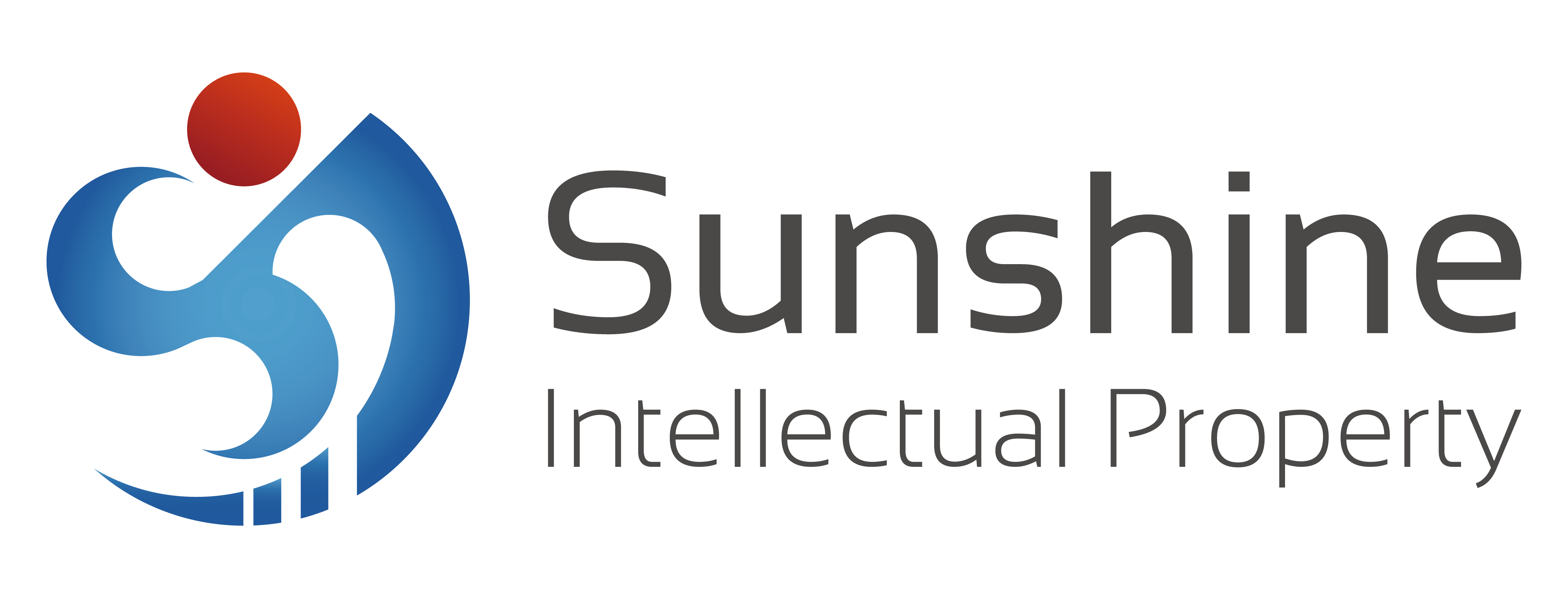Shanghai Energy New Materials Technology Co., Ltd., established in 2010, is a controlling subsidiary and the headquarters of new energy business group of A-share listed company SEMCORP (full name: Yunnan Energy New Material Co., Ltd., Stock Code: 002812), and is a leader in the world's leading lithium battery separator industry. In 2022, SEMCORP's separator capacity reached 7 billion square meters, Shanghai Energy's operating revenue was RMB 10.996 billion, and the net profit attributable to the listed company was RMB 3.688 billion.
Shanghai Energy is committed to the research & development and industrialization of new materials for lithium battery separators, and focuses on improving the quality and cutting-edge technology of lithium battery separators, and breaking the long-standing technological monopoly of foreign enterprises in Japan and South Korea, etc. in this field. The Company's core separator products are highly favored by customers in the market, and the Company has maintained good relationships with domestic and foreign well-known leading new energy enterprise customers such as Panasonic (Japan), LGES (South Korea), Samsung (South Korea), as well as CATL, CALB, Gotion High-Tech, EVE, BYD, Farasis Energy, and Lishen. Shanghai Energy has honorably won the “National Manufacturing Individual Champion” and the “National Enterprise Technology Centre”, and has successively undertaken the “National Key Research and Development Program” and the “Special Programme for the Revitalization of National Industries and the High-Quality Development of the Manufacturing Industry”, etc., and it is a director-general unit of the “Separator Branch of China Industrial Association of Power Sources”.
Background of the Case:
In April 2023, Shanghai Energy New Materials Technology Co., Ltd. (hereinafter simply referred to as “Shanghai Energy”) entrusted Lawyer Meihua ZHOU's team to initiate a series of patent infringement lawsuits against its competitor, Hebei Gellec New Energy Science and Technology Co., Ltd. (hereinafter simply referred to as "Hebei Gellec"), of infringing on its patents on lithium-ion battery products, hoping to stop Gellec's further infringement through patent infringement lawsuit. This series of cases sent shockwaves through the industry immediately after being reported.
Lawyer Meihua ZHOU's team, after accepting the entrustment, analyzed Shanghai Energy's own patent rights and the patents it shared with Japanese Teijin, and planned a series of patent infringement lawsuits based on Gellec's alleged infringement of the patent rights, with a total amount of up to RMB 280 million. Among them, there are two patents shared with Japanese Teijin, namely: ZL201380061102.8, titled "a separator for non-aqueous secondary batteries and non-aqueous secondary batteries", which was filed by Teijin in 2013, and granted in China in 2017; and ZL201810710744.0, titled "a separator for non-aqueous secondary batteries and its manufacturing method, and non-aqueous secondary batteries", which was filed by Teijin in 2013 and granted in China in 2021. The total amount involved in the litigation of these two patents is RMB 210 million. In response, Hebei Gellec challenged Shanghai Energy's patent rights by filing a patent invalidation request.
Up to now, China National Intellectual Property Administration has issued a decision on invalidation request, and declared that both the above-mentioned two patent rights shared by Shanghai Energy and Japanese Teijin are remained valid, which is of great significance for Shanghai Energy to win the relevant infringement lawsuits.
Lawyer Meihua ZHOU acts as acting lawyer for the patentee in initiating patent infringement lawsuit and in handling all affairs of the infringement lawsuit and related invalidity proceedings. .
The remaining cases are still ongoing currently.
Difficulties and Solutions:
There are three difficulties in this case:
Difficulty 1: In a patent infringement lawsuit, in the case of multiple patents owned by the right holder, how should we help the right holder select the patents used to defend rights?
Difficulty 2: When initiating an infringement lawsuit using multiple patent rights, how should we plan the time node and batches of initiating patent infringement lawsuit?
Difficulty 3: In the face of patent invalidation proceedings, how should we find out the significant differences between the patent in question and the prior art from the multiple pieces of evidence submitted by the applicant, so as to maintain the validity of the patent in question?
(1) In response to the difficulty 1 mentioned above, we targeted the patents used for initiating patent infringement lawsuit from the perspectives of the stability of patent rights, the possibility of patent infringement lawsuit, and the ease of proving patent infringement.
(2) In response to the difficulty 2 mentioned above, depending on the timing of countermeasures for possible initiation of patent invalidation proceedings and the node of initiating the infringement lawsuits, we planned to initiate the patent infringement lawsuits in batches based on the possible perspectives of the defendant’s response.
(3) In response to the difficulty 3 mentioned above, we organized a team of lawyers, including three PhD chemists, to deeply study the technical scheme of the patents in question, to explore the loopholes of the invalidity claim from the technical details, to make it clear that the existence of PVDF particles in the separator product is the core difference between the product and the prior art, and to submit multiple pieces of evidence to show that the PVDF crystals disclosed in the prior art do not directly equate to the PVDF particles. This viewpoint was adopted by the panel.
Highlights and Significance:
The invalidation decision of maintaining the validity of all claims of the two patents further confirmed the stability of the patentee's right base and cleared the obstacles for the subsequent infringement lawsuits.
In addition, this case has many highlights in terms of legal technology, including an in-depth understanding of the method of interpreting claim terminology. Firstly, we should understand the terms in the light of the specification and in conjunction with the description of the specification, in particular the accompanying drawings and the data of the embodiments. Secondly, we should understand the terms in the context of the entire technical scheme in order to obtain a correct understanding, rather than stripping the terms from the scheme and judging their meaning literally, which is necessarily the meaning in the prior art. Finally, we should actively seek external evidence to find the most plausible meaning from a theoretical and principled perspective.

